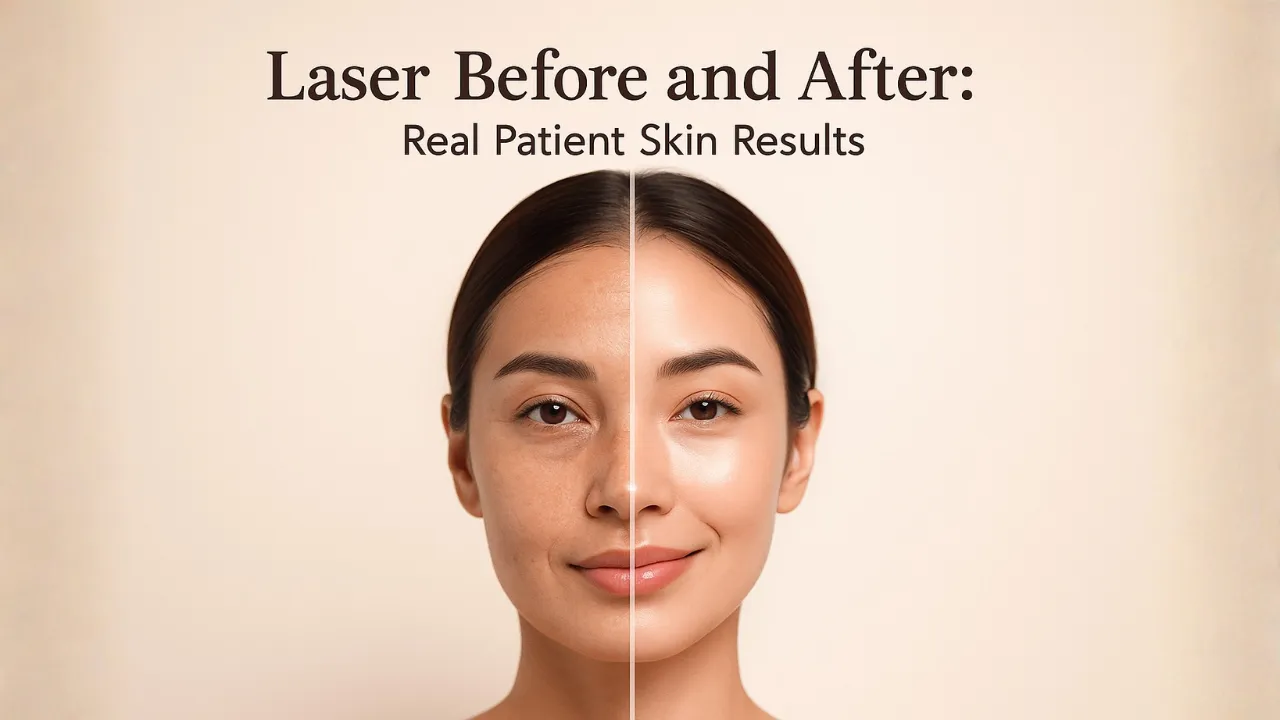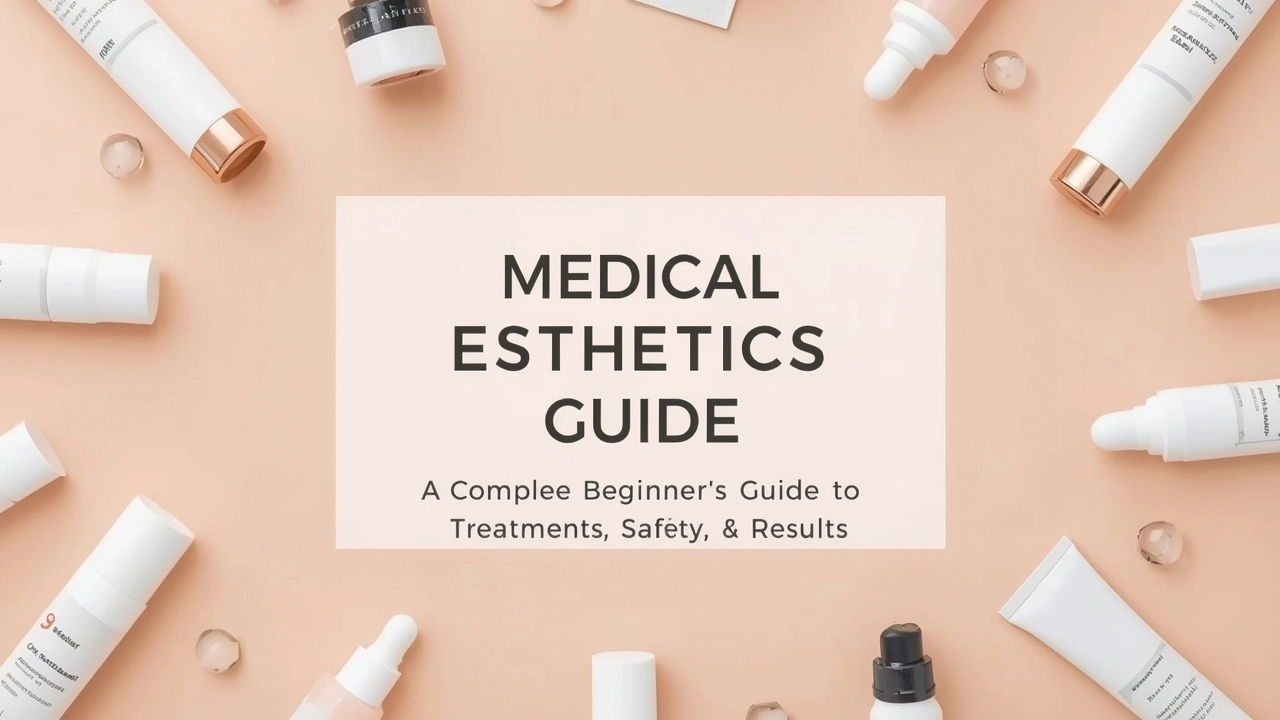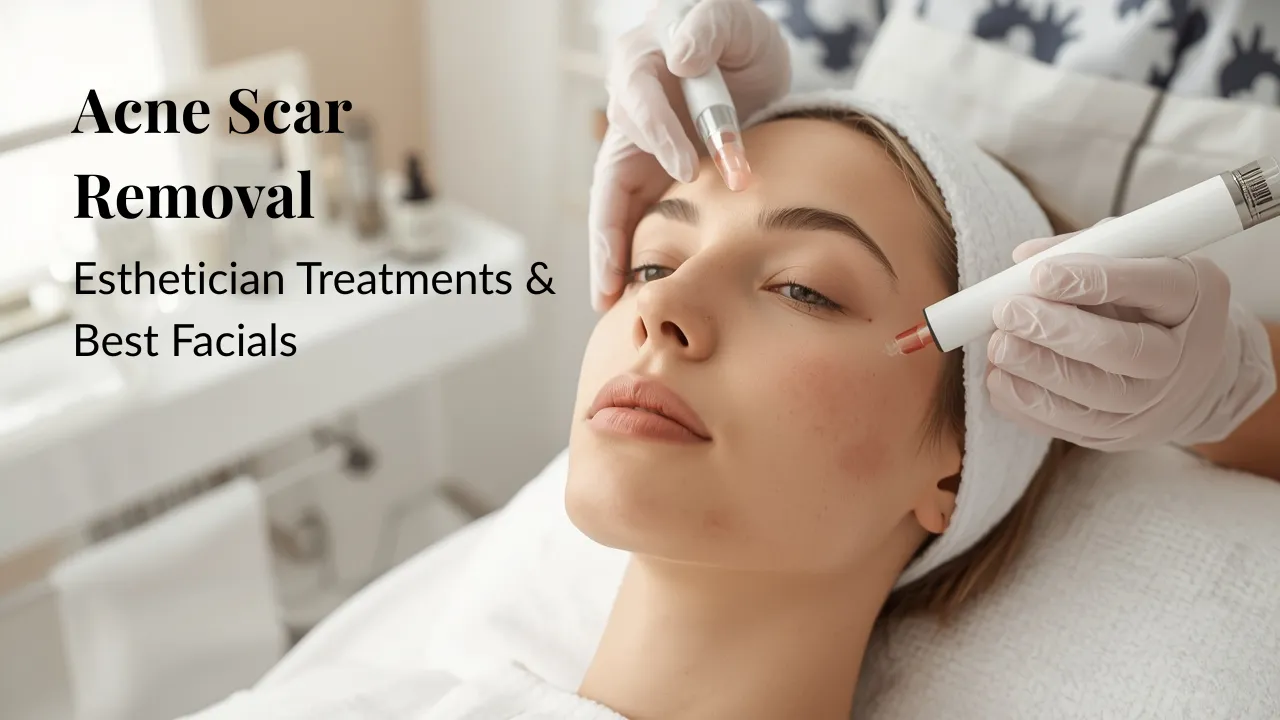

Medical esthetics has become one of the fastest-growing areas in health and wellness, bridging the gap between beauty and medicine. Unlike traditional spa services, medical esthetic treatments are performed or supervised by licensed healthcare professionals using advanced technologies designed to improve skin health, slow down the signs of aging, and restore confidence. From wrinkle-relaxing injections to laser skin rejuvenation and non-surgical body contouring, these treatments are no longer reserved for celebrities. Today, people of all ages seek safe, effective, and minimally invasive options to look and feel their best.
This guide will walk you through everything you need to know about medical esthetics: what it is, the most popular treatments, expected results, safety considerations, costs, and how to choose the right provider. Whether you’re just curious or seriously considering a treatment, you’ll find answers here.
Medical esthetics refers to a specialized branch of healthcare that focuses on non-surgical cosmetic treatments designed to enhance appearance, improve skin health, and support overall well-being. These treatments go beyond surface-level beauty and are usually performed in a medical setting such as a dermatologist’s office, plastic surgery clinic, or a licensed medical spa.
Key Takeaways
- Non-surgical medical esthetics treatments improve skin health, fight aging, and boost confidence.
- Popular options include Botox, fillers, lasers, peels, and body contouring.
- Safety, licensed providers, and proper aftercare are key for lasting results.
Medical esthetics offers a wide range of non-surgical procedures, each designed to address specific concerns. From facial rejuvenation to body contouring, these treatments combine medical science with advanced technology to deliver noticeable, lasting results.
Neurotoxins (Botox, Dysport, Xeomin):
These treatments temporarily relax facial muscles responsible for fine lines and wrinkles. They are commonly used on forehead lines, crow’s feet, and frown lines. Results typically last three to four months, making them one of the most popular anti-aging options.
Dermal Fillers:
Made from hyaluronic acid or other biocompatible substances, fillers restore lost volume in areas such as the cheeks, lips, and under-eyes. They also improve facial contours and soften deep wrinkles. Depending on the formula, results can last six months to two years.
Laser Therapy:
Laser treatments use light energy to target pigmentation, sun damage, and fine lines. They stimulate collagen production, improving skin tone and texture. Options include ablative lasers (more aggressive, with downtime) and non-ablative lasers (gentler, quicker recovery).
Intense Pulsed Light (IPL):
IPL therapy reduces redness, age spots, and uneven pigmentation. Unlike lasers, IPL uses multiple wavelengths of light, making it versatile for overall skin rejuvenation.
Chemical Peels:
From light glycolic acid peels to deep trichloroacetic acid (TCA) peels, chemical exfoliation helps improve skin texture, reduce acne scars, and brighten dull skin. Recovery time varies from a few days to a couple of weeks, depending on peel strength.
Microneedling:
This minimally invasive procedure creates micro-injuries in the skin using fine needles, triggering collagen and elastin production. It is effective for scars, fine lines, and overall skin renewal.
Radiofrequency (RF) and Ultrasound Treatments:
These use energy waves to heat deeper skin layers, encouraging collagen remodeling and skin tightening. Popular devices include Thermage and Ultherapy.
LED Light Therapy:
Using red, blue, or near-infrared wavelengths, LED therapy improves skin health, reduces inflammation, and boosts healing after other esthetic treatments.
Non-Surgical Fat Reduction:
Techniques like CoolSculpting (cryolipolysis) and radiofrequency body sculpting target stubborn fat without surgery. They are ideal for small problem areas resistant to diet and exercise.
Laser Hair Removal:
A long-term solution for unwanted hair, laser treatment works by targeting the pigment in hair follicles, gradually reducing regrowth. Multiple sessions are needed for best results.
Results from medical esthetic treatments vary depending on the procedure, the provider’s skill, and your individual skin type or concern.
It’s important to remember that medical esthetics enhances but does not completely stop the natural aging process. Realistic expectations and a personalized treatment plan are key to satisfaction.
Although medical esthetics is generally safe when performed by licensed professionals, every treatment carries some risk.
Always choose a clinic supervised by a licensed physician or dermatologist. Ask about credentials, treatment experience, and before-and-after photos. In many countries, regulatory bodies such as the FDA (U.S.), Health Canada, or European CE Marking authorities oversee medical devices used in esthetics.
Patients should also verify that the equipment used is certified, sterile, and up to date. A safe environment and skilled practitioner reduce risks significantly.
The cost of medical esthetic treatments varies widely depending on the type of procedure, geographic location, and the expertise of the provider. While some treatments are relatively affordable, others can be a significant investment.
Costs also vary globally. For example, treatments in Canada and the United States are often more expensive than in Latin America or parts of Asia, where lower clinic overheads reduce prices. Patients traveling abroad should, however, consider safety and regulation standards before making a decision.
Your results and safety depend heavily on choosing the right professional. Not all clinics offering esthetic treatments are equal.
Key Factors to Consider:
Avoid choosing solely based on price. A clinic offering treatments at a fraction of the average market rate may be cutting corners on safety or product quality.
Medical esthetics continues to evolve rapidly, driven by technology and consumer demand for non-invasive options.
These trends highlight the future direction of the industry—more personalization, less downtime, and improved outcomes.
Aftercare is crucial to maximize results and avoid complications.
Proper aftercare is the difference between short-term improvement and long-lasting transformation.
Is medical esthetics safe for all skin types?
Yes, but some treatments are better suited for specific skin tones. Always consult a professional to avoid pigmentation risks.
How long do dermal fillers last?
Most fillers last between 6 months and 2 years, depending on the product used and the area treated.
Can medical esthetics reverse sun damage?
Yes. Treatments such as IPL, lasers, and chemical peels can significantly improve sun-damaged skin.
Does it hurt?
Most treatments involve minimal discomfort. Providers often use numbing creams or local anesthesia for patient comfort.
What is the difference between medical esthetics and dermatology?
Dermatology primarily treats medical skin conditions, while medical esthetics focuses on cosmetic improvements. However, there is overlap when treatments serve both health and beauty.
Medical esthetics offers a powerful way to restore confidence, enhance natural beauty, and maintain youthful skin without surgery. From injectables and laser therapy to innovative body contouring and regenerative treatments, the field continues to expand with safer and more effective solutions.
By choosing a qualified provider, setting realistic expectations, and committing to proper aftercare, you can enjoy long-lasting, transformative results. Whether you’re exploring treatments for the first time or looking to stay ahead of aging, medical esthetics provides accessible and effective options tailored to modern lifestyles.


Subscribe and get weekly skincare tips, expert advice, and exclusive freebies delivered straight to your inbox. From step-by-step routines to downloadable PDFs, we’ll keep you glowing all year long.
